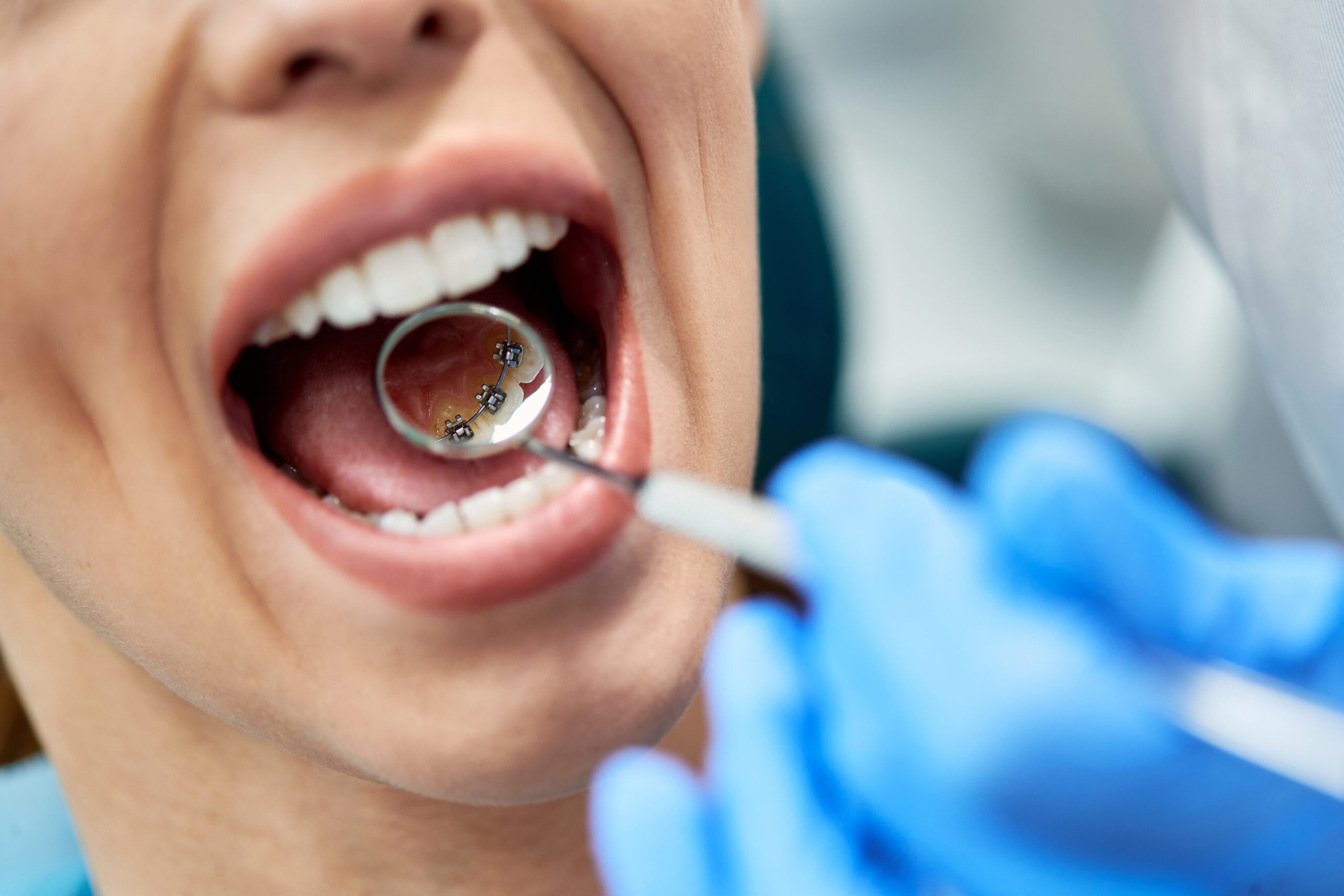The Main Principles Of Legacy Orthodontics
The Main Principles Of Legacy Orthodontics
Blog Article
The 7-Minute Rule for Legacy Orthodontics
Table of ContentsUnknown Facts About Legacy OrthodonticsLegacy Orthodontics - An OverviewLegacy Orthodontics for BeginnersLegacy Orthodontics for DummiesThe Single Strategy To Use For Legacy Orthodontics
At Advanced Orthodontics, we supply patients with a all natural therapy experience. Additionally, we provide flexible therapy schedules, flexible payment alternatives and a fun, satisfying experience. invisalign. Phone call ( 480) 357-4900 today to find out more and timetable a visit.An orthodontist is a dental expert trained to diagnose, protect against, and deal with teeth and jaw abnormalities. They correct existing conditions and are educated to determine problems that might create in the future. Orthodontists collaborate with people of every ages, from children to grownups. People typically connect an ideal smile with excellent health.
Malocclusion, or misaligned teeth, can bring about oral problems, consisting of dental cavity, periodontal illness, and challenging or uncomfortable chewing. However not everybody is born with straight teeth. If you have a bad bite or large spaces in between your teeth, you might wish to get in touch with a dentist focusing on orthodontic care.
The Definitive Guide to Legacy Orthodontics
( Image Credit History: DigitalVision/Getty Images) Orthodontists utilize dealt with and detachable dental gadgets, like dental braces, retainers, and bands, to transform the position of teeth in your mouth. Orthodontic therapy is for oral abnormalities, including: Uneven teethBite issues, like an overbite or an underbiteCrowded teeth or teeth that are as well far apartJaw misalignmentThe objective of orthodontic therapy is to improve your bite.
A healthy bite guarantees you can eat, chew, and speak effectively. While you may think about orthodontists as mainly for children or teens that need dental braces, they can deal with dental issues at any type of age. Orthodontists go to university, dental school, and orthodontic school. After college graduation, they spend 2 or 3 years in an orthodontic residency program.
, but not all dentists are orthodontists. They focus on two locations: Just how to effectively and securely relocate teeth Just how to properly assist growth in the teeth, jaw, and faceOnce an orthodontist has completed training, they have the choice to become board licensed.
The Buzz on Legacy Orthodontics
Imbalance, or malocclusion, is the most common reason people see an orthodontist. It is genetic and is the outcome of size distinctions in between the top and lower jaw or in between the jaw and teeth. Malocclusion causes tooth congestion, an askew jaw, or uneven bite patterns. Malocclusion is usually treated with: Your orthodontist connects steel, ceramic, or plastic square bonds to your teeth.
If you have only small malocclusion, you may have the ability to utilize clear dental braces, called aligners, instead of standard braces view website (http://tupalo.com/en/users/8018300). Some people require a headwear to help move teeth into line with pressure from outside the mouth. After braces or aligners, you'll need to use a retainer. A retainer is a custom device that maintains your teeth in place.
They can produce additional area in the mouth without having to draw teeth. Orthodontists utilize cords, surgical screws, or plates to sustain your jaw bone.
You may require to see an orthodontist if you have: Crowding or otherwise adequate space for every one of your teethOverbite, when your top teeth come your base teethUnderbite, when your base teeth are too much forwardSpacing or issues with gapsCrossbite, which is when your upper teeth fit behind your bottom teeth when your mouth is closedOpen bite or an upright gap in between your front bottom and top teethMisplaced midline, when the facility of your base and top teeth don't line up Remedying a dental malocclusion can: Make attacking, chewing, and talking easierImprove the balance of our face and your general appearanceEase discomfort from temporomandibular joint conditionsDifferent your teeth and make them much easier to cleanse, aiding prevent dental cavity or dental caries It's usually a dental expert who first notices misaligned teeth throughout a routine exam.
The 10-Minute Rule for Legacy Orthodontics

Throughout your very first orthodontic appointment, you'll likely have: An oral examPhotos taken of your face and smileDental X-raysPanoramic (360 degree) X-rays of your face and headImpressions to produce mold and mildews of your teethThese examinations will certainly aid your orthodontist understand how to wage your therapy. leesburg orthodontist. An orthodontist is a dental practitioner that's had training to treat your teeth and jaw
Orthodontists might do surgery, exams,X-rays,and more to assist you obtain a much more comfortable, healthier smile. An orthodontist is concentrated on your bite, so something like a damaged tooth would be managed by a dental expert. Orthodontists are dentists however not all dental experts are orthodontists. Orthodontists are concentrated on your bite, or the way your teeth meshed, and the straightness of your teeth.
Ever before asked yourself exactly how celebrities always appear to have flawlessly straightened teeth? The answer typically hinges on the skilled hands of an orthodontist. But what precisely does an orthodontist do? Orthodontists are oral specialists who concentrate on correcting irregularities in the teeth and jaws. Their knowledge exceeds just producing a stunning smile; it reaches enhancing your overall dental health and function.
The smart Trick of Legacy Orthodontics That Nobody is Discussing

While dental braces are the most commonly acknowledged orthodontic treatment, orthodontists have a diverse toolkit at their disposal. The specific method chosen depends on the seriousness of the case, the individual's age, and individual preferences. These tried-and-true dental braces use a system of braces adhered to the teeth and linked by wires.
These removable trays are custom-made to gradually move the teeth's placement. In instances of narrow jaws, palatal expanders can be utilized to produce room for proper tooth placement.
Report this page